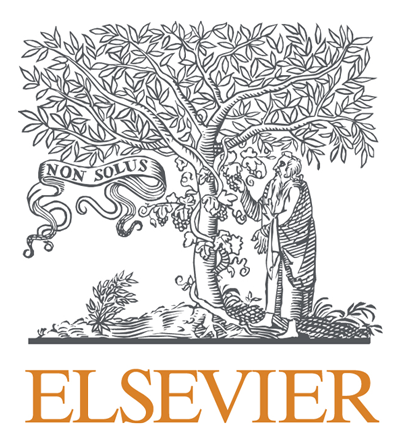Compounding crises in the disaster landscape: Earthquake, pandemic, and war in Gyumri, Armenia
Topics:
Keywords: disaster, conflict, crisis, Armenia, landscape
Abstract Type: Paper Abstract
Authors:
Evangeline McGlynn, University of California, Berkeley
,
,
,
,
,
,
,
,
,
Abstract
This paper proposes that the long term material remnants of crises—political and environmental—in urban space are best conceived of as part of a “disaster landscape.” Memorials, damaged infrastructure, and other changes to the built environment are all important traces to follow in order to read the memory of trauma in the city. The landscape frame allows analysis of multiple crises at once in settings where direct cause-effect relationships are fuzzy, while also accepting that the lasting marks of an individual disaster may have different longevity than another. In Gyumri, Armenia, the site of a devastating earthquake in 1988 at a period of intense political upheaval in the late Soviet Union (ie, Soviet collapse and the subsequent ethno-territorial conflict between Armenia and Azerbaijan), the onset of both the global pandemic and the 2020 Nagorno-Karabakh War showed the utility of this frame in stark relief. By counterposing analysis of the traces left on the urban surface by catastrophes in 1988 and today, this paper will discuss the disaster landscape as an analytical tool for understanding how the afterlives of multiple crises continue to reside in the city.
Compounding crises in the disaster landscape: Earthquake, pandemic, and war in Gyumri, Armenia
Category
Paper Abstract








